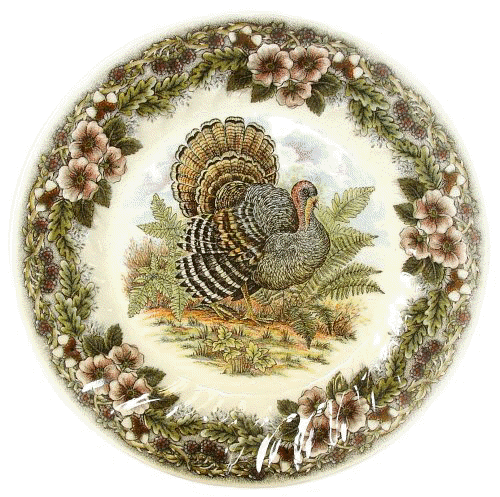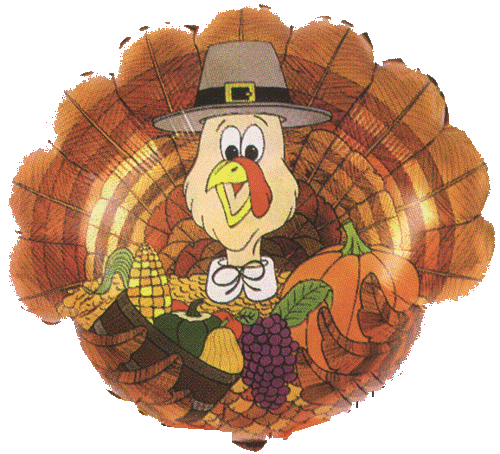Thanksgiving 2005
Page Created: 11/26/2000 Page Last Updated: 11/21/2025 11:15
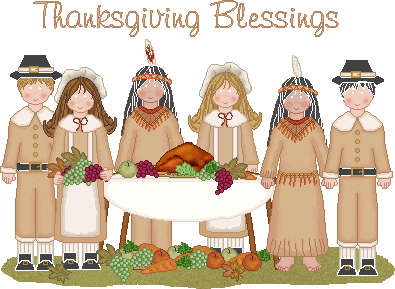
Since 1863, Thanksgiving has been observed annually in the United States. So here we are in 2005 to do it again!
Most of the fun is getting ready for the big day. Sure, it is a load of work when you consider shopping, preparations, cooking and planning but it is fun and enjoyable to watch everyone partake of the festivities.
A collective prayer of thanksgiving was led by Captain John Woodleigh in the Virginia Colony on December 4 , 1619 near the current site of Berkeley Plantation , where celebrations are still held each year in November. Woodleigh addressed the 38 men with: "Wee ordaine that the day of our ships arrival at the place assigned for plantacon in the land of Virginia shall be yearly and perpetually kept holy as a day of Thanksgiving to Almighty God."
Getting Ready For The Celebration

Grandma loves to cooks so off we go!
This year we are having the standard turkey but we are adding stuffed squash, homemade apple sauce, fresh cranberry sauce, twice baked yams, and other little surprises!
Thanksgiving is a four day weekend which usually marks a pause in school and college calendars.
Thanksgiving meals are family events where certain kinds of food are served.
First and foremost, turkey is the featured item in most Thanksgiving feasts (so much so that Thanksgiving is sometimes called "Turkey Day").
Stuffing, mashed potatoes with gravy, sweet potatoes, cranberry sauce, corn, turnips, yams and pumpkin pie are commonly associated with Thanksgiving dinner.
A Little Thanksgiving Day Humor
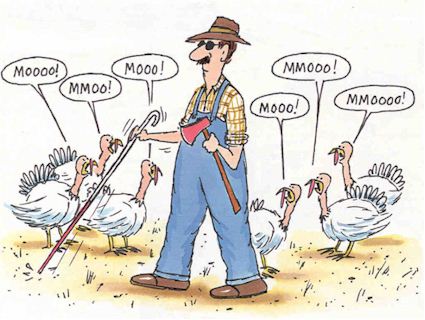
How do you keep a turkey in suspense?
I'll tell you at Christmas.
Why did the turkey cross the road?
It was the chicken's day off.
What did the mother turkey say to her disobedient children?
If your father could see you now, he'd turn over in his gravy!
What key has legs and can't open doors?
Tur-key.
What sound does a space turkey make?
Hubble, hubble, hubble.
Why do turkeys always go "gobble, gobble"?
Because they never learned good table manners!
Pictures Tell The Story

Ready the potatoes
Did you know? - The English word potato comes from Spanish patata (the name used in Spain). The Spanish Royal Academy says the Spanish word is a compound of the Taino batata (sweet potato) and the Quechua papa (potato). The name potato originally referred to a type of sweet potato rather than the other way around, although there is actually no close relationship between the two plants. The English confused the two plants one for the other. In many of the chronicles detailing agriculture and plants, no distinction is made between the two. The 16th-century English herbalist John Gerard used the terms "bastard potatoes" and "Virginia potatoes" for this species, and referred to sweet potatoes as "common potatoes". Potatoes are occasionally referred to as "Irish potatoes" or "white potatoes" in the United States, to distinguish them from sweet potatoes.
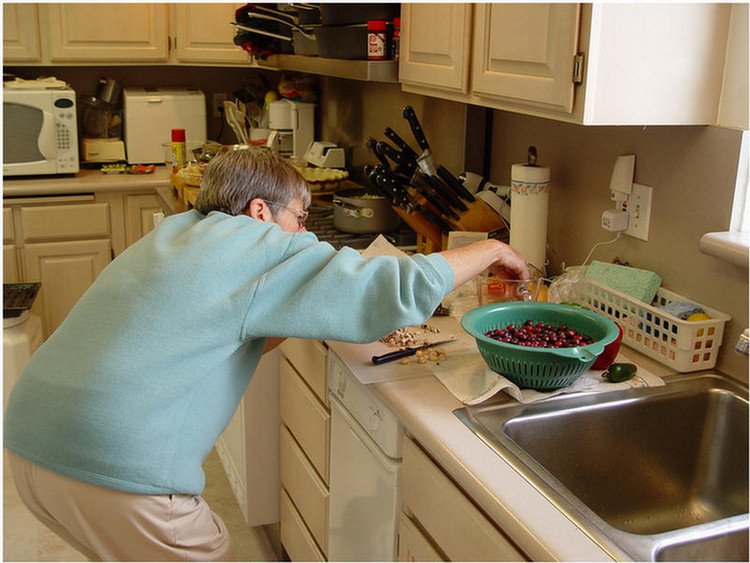

Fresh cranberries, yum!
Did you know? - Cranberries are low, creeping shrubs or vines up to 2 m long and 5 to 20 cm in height; they have slender, wiry stems that are not thickly woody and have small evergreen leaves. The flowers are dark pink, with very distinct reflexed petals, leaving the style and stamens fully exposed and pointing forward. They are pollinated by domestic honey bees. The fruit is a berry that is larger than the leaves of the plant; it is initially white, but turns a deep red when fully ripe. It is edible, with an acidic taste that can overwhelm its sweetness.
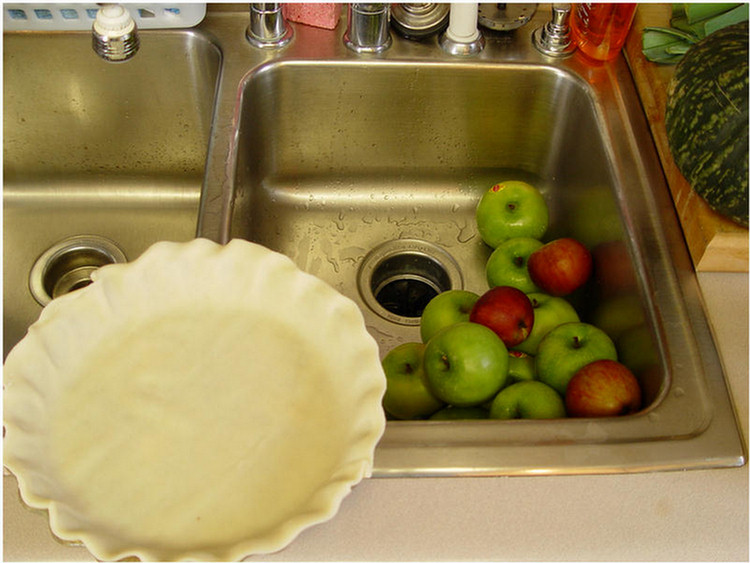

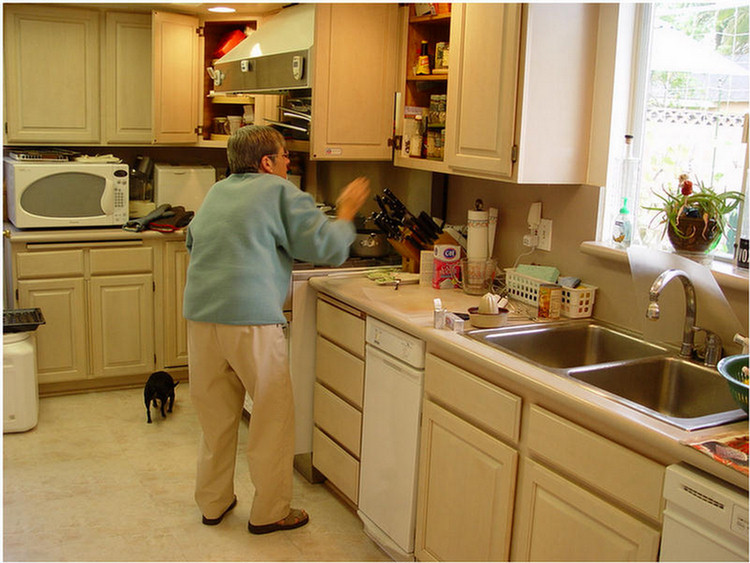


Paul bakes the pies
Did you know? - The need for nutritious, easy-to-store, easy-to-carry, and long-lasting foods on long journeys, in particular at sea, was initially solved by taking live food along with a butcher/cook. However, this took up additional space on what were either horse-powered treks or small ships, reducing the time of travel before additional food was required. This resulted in early armies' adopting the style of hunter-foraging.
The introduction of the baking of processed cereals including the creation of flour, provided a more reliable source of food. Egyptian sailors carried a flat brittle bread loaf of millet bread called dhourra cake, while the Romans had a biscuit called buccellum.
The first pies appeared around 9500BC, in the Egyptian Neolithic period or New Stone Age, when the use of stone tools shaped by polishing or grinding became common, the domestication of plants and animals, the establishment of permanent villages, and the practice of crafts such as pottery and weaving. Early pies were known as galettes, wrapping honey as a treat inside a cover of ground oats, wheat, rye or barley. These galettes developed into a form of early sweet pastry or desserts, evidence of which can be found on the tomb walls of the Pharaoh Ramesses II, who ruled from 1304 to 1237 B.C., located in the Valley of the Kings.


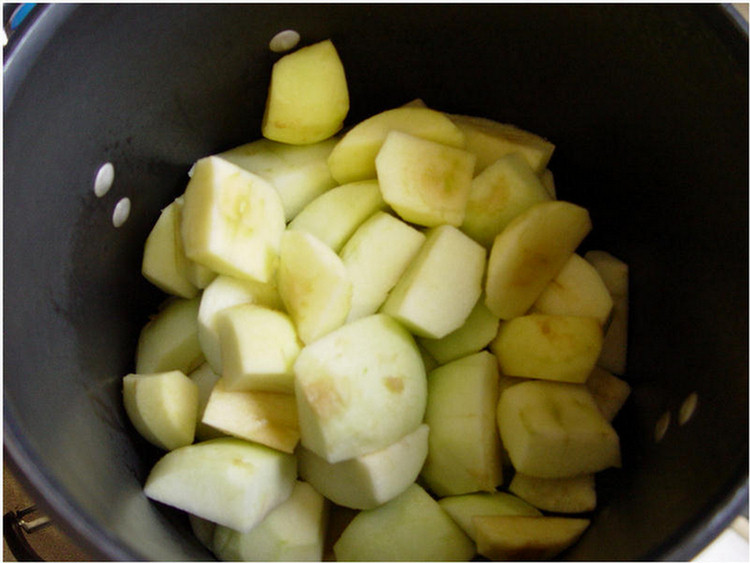
Fresh apple sauce
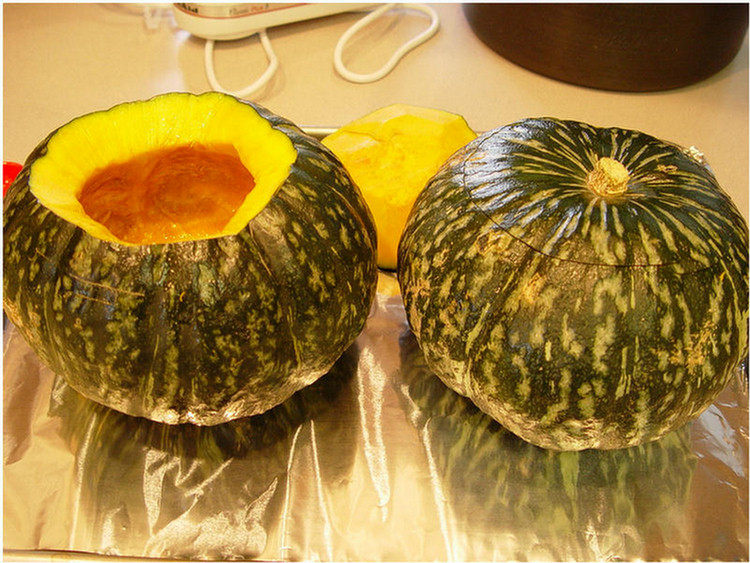
Stuffed squash... Baked

Back To Normal After Cleanup

Did you know? - The evolution of the kitchen is linked to the invention of the cooking range or stove and the development of water infrastructure capable of supplying water to private homes. Until the 18th century, food was cooked over an open fire. Technical advances in heating food in the 18th and 19th centuries, changed the architecture of the kitchen. Before the advent of modern pipes, water was brought from an outdoor source such as wells, pumps or springs.
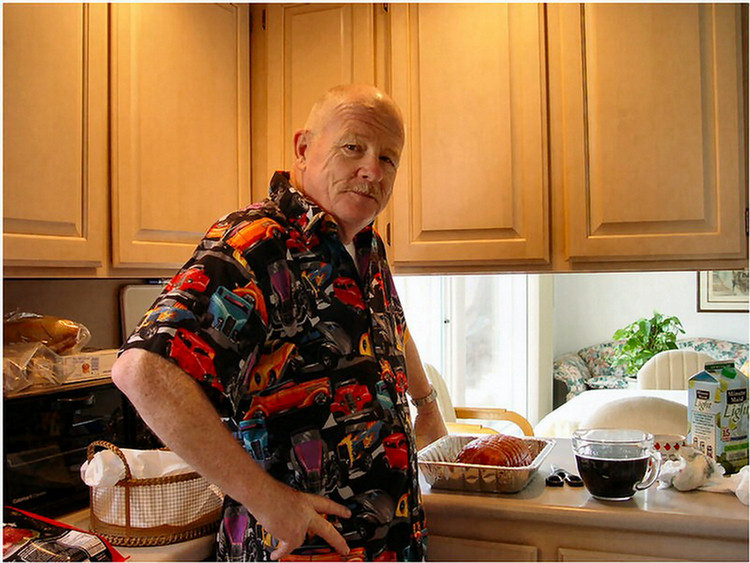

Turducken
Did you know? - A turducken is a dish consisting of a de-boned chicken stuffed into a de-boned duck, which itself is stuffed into a de-boned turkey. The word turducken is a portmanteau of turkey, duck, and chicken or hen.
The thoracic cavity of the chicken/game hen and the rest of the gaps are stuffed, sometimes with a highly seasoned breadcrumb mixture or sausage meat, although some versions have a different stuffing for each bird. The result is a fairly solid layered poultry dish, suitable for cooking by braising, roasting, grilling, or barbecuing.
Roasts of nested birds or other animals have been documented for centuries. The Yorkshire Christmas pie, an English dish served in the 1700s, consists of five different birds either layered or nested, and baked in a standing crust. The pie was normally produced only by the wealthy
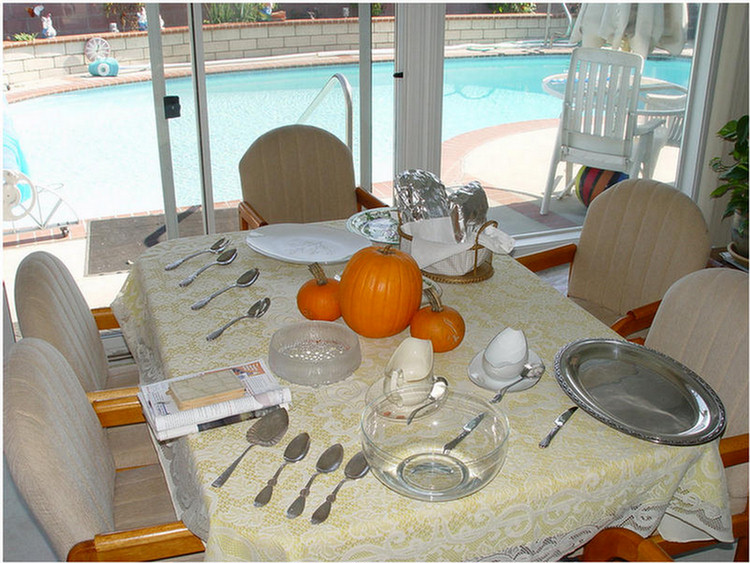
The Winter Garden Is Starting


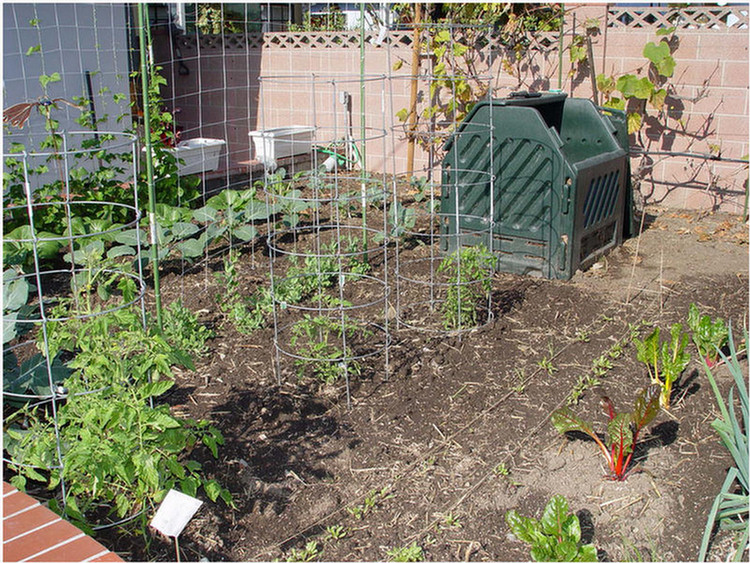
Thanksgiving Artwork Is Always Appreciated
